Description
Introduce a unique and stunning addition to your collection with Monstera deliciosa ‘Variegata’. This rare variety of the popular Monstera plant features bold variegated leaves, adding a dramatic touch to any indoor or outdoor space. Bring a pop of color and texture to your surroundings with this eye-catching plant.
Full Botanical Name:
Monstera deliciosa ‘Variegata’
Common Names:
Variegated Swiss Cheese Plant, Variegated Monstera
Country and/or Region of Origin:
Though Monstera deliciosa is native to tropical forests of Southern Mexico and Central America, the variegated form is a cultivated variety.
Growing Conditions in Native Habitat:
Monstera deliciosa typically thrives in the humid, dense understory of the forest, where it receives filtered light and climbs trees with its aerial roots.
Care Information:
-
Light:
Prefers bright, indirect light. Variegation may be more pronounced with sufficient light, but direct sunlight can scorch the leaves. -
Ideal Room:
Well-suited to any room with bright, indirect light. Living rooms with large windows or conservatories are ideal. -
Feeding:
Feed with a balanced, water-soluble fertilizer every 4-6 weeks during the growing season. Reduce feeding in winter. -
Humidity:
Prefers high humidity. Consider using a humidifier or misting regularly to mimic its tropical habitat. -
Ideal Temperature:
Best kept between 65°F and 85°F (18°C to 29°C). Avoid temperatures below 50°F (10°C). -
Watering:
Water when the top inch of the soil is dry. Ensure good drainage to prevent root rot. -
Pet/Child Safe:
Toxic if ingested due to calcium oxalate crystals. Keep away from pets and children. -
Soil:
Well-draining potting mix, ideally containing peat, perlite, and bark. -
Propagation:
Propagate from stem cuttings or air layering. Spring or early summer is ideal for propagation. -
Eventual Height and Spread:
Can grow very large, with leaves spanning several feet in optimal indoor conditions. -
Growth Rate:
Moderate to fast, depending on environmental conditions. -
Pests and Treatment:
Susceptible to spider mites, scale, and thrips. Treat with appropriate pesticides or natural alternatives as necessary. -
Repotting:
Repot every 2-3 years to refresh the soil and accommodate root growth. -
Pruning:
Prune to control size or remove unhealthy foliage. Pruning encourages more branching and fuller growth.
Folk Law:
Considered a symbol of growth and development due to its unique pattern of natural fenestrations, allowing for light penetration and growth in dense forests.

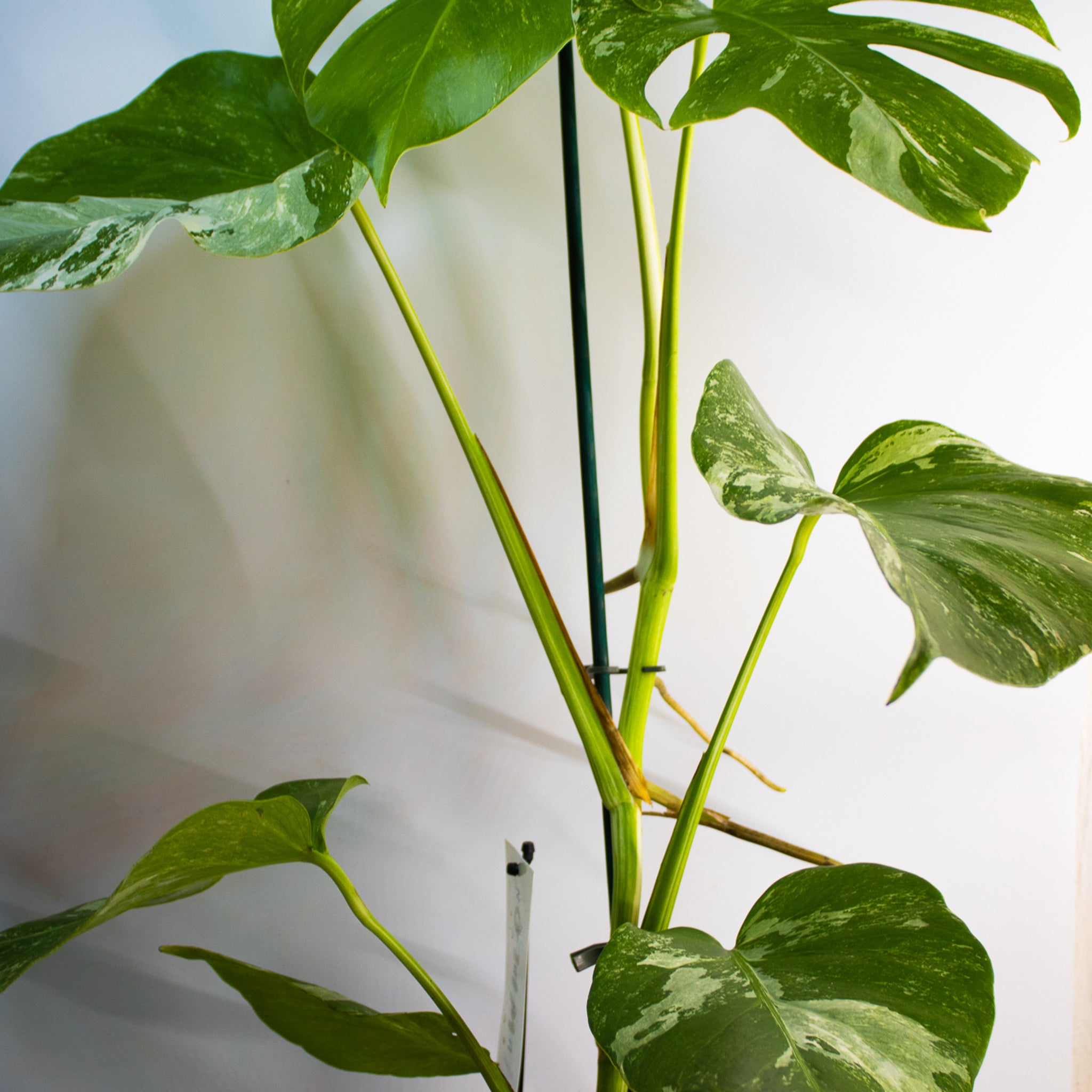
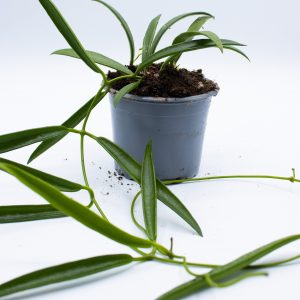
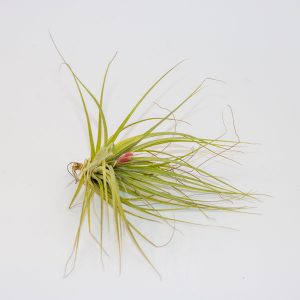
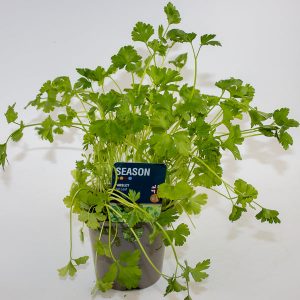


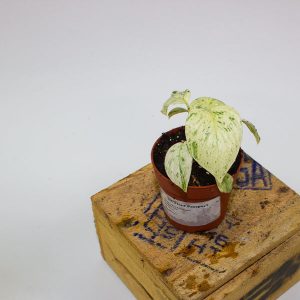
Reviews
There are no reviews yet.